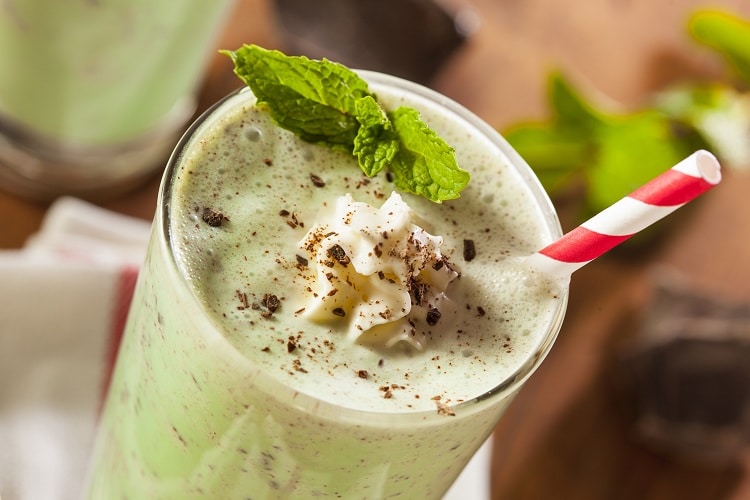We all know that there are two types of cholesterol, right? The “good” and the “bad.” But what does that mean, and how much is healthy?
First, let’s start with what cholesterol is, exactly.
Cholesterol is a kind of fat essential to human health. It is necessary for producing hormones, vitamin D, bile acids and cell membranes. It is both produced by the body and found in the diet. Although it is vital for human life, too much of it can clog arteries and, in turn, can increase one’s risk for heart disease, heart attacks, and stroke. Since our body already makes all the cholesterol we need, a diet high in animal products can put our bodies over the edge causing build-up on the walls of our arteries and forming plaque. This narrows the artery channels and decreases the amount of blood that can flow through to the heart and can eventually lead to a heart attack.
Now, back to the two different types of cholesterol.
LDL is the bad guy. Think “L” for “lousy.” Also known as Low-density lipoprotein, this type of cholesterol is found in animal products, especially red meats, egg yolks, cheese and baked goods with a high concentrate of butter. High levels of this bad boy increase your chance of plaque to build-up; so keeping your LDL levels low is important. The optimal blood LDL Cholesterol level is below 100 mg/dL.
The one on the other shoulder in the angel-devil scenario is HDL or High-density lipoprotein. Think “H” for “healthy.” This type of cholesterol helps to protect against heart disease by helping to carry cholesterol away from the arteries and back to the liver where it passes out of the body. An HDL level of 60mg/dL or above is considered protective and can be achieved by exercising 30-60 minutes a day, maintaining a healthy weight, and avoiding tobacco use.
Cholesterol is measured by taking a small blood sample from your arm which can be done in your doctor’s office. The American Heart Association recommends that adults age 20 or older get tested every five years and that healthy Americans limit their cholesterol intake to less than 300 mg/day or 200mg/day for those with coronary heart disease or a LDL level above 100 mg/dL.
Tips to help control your cholesterol level:
- Remove the skin and fat from meat before eating it.
- Consume low fat or fat free dairy products
- Remember that one egg has about 212 mg of cholesterol, whereas egg whites do not contain cholesterol; so, instead of having two eggs for breakfast, try having only one egg plus one egg white.
- 1 Tb of butter contains 31 mg of cholesterol, whereas vegetable and olive oil have none; so consider substituting oil for butter when cooking.
- Read food labels to see the amount of cholesterol in foods before buying/eating them
- Plant sources do not contain cholesterol, so eating a diet made up mostly of fruits, vegetables, whole grains, and plant proteins, such as beans and lentils, along with daily physical activity can help keep your cholesterol at a healthy level and prevent heart disease.
Most importantly, remember that this does not mean that you can never have an omelet or cheese burger again. There is room for all foods in your diet. But remember… “everything in moderation!”
This message brought to you by The Chester County Hospital and Health System.



